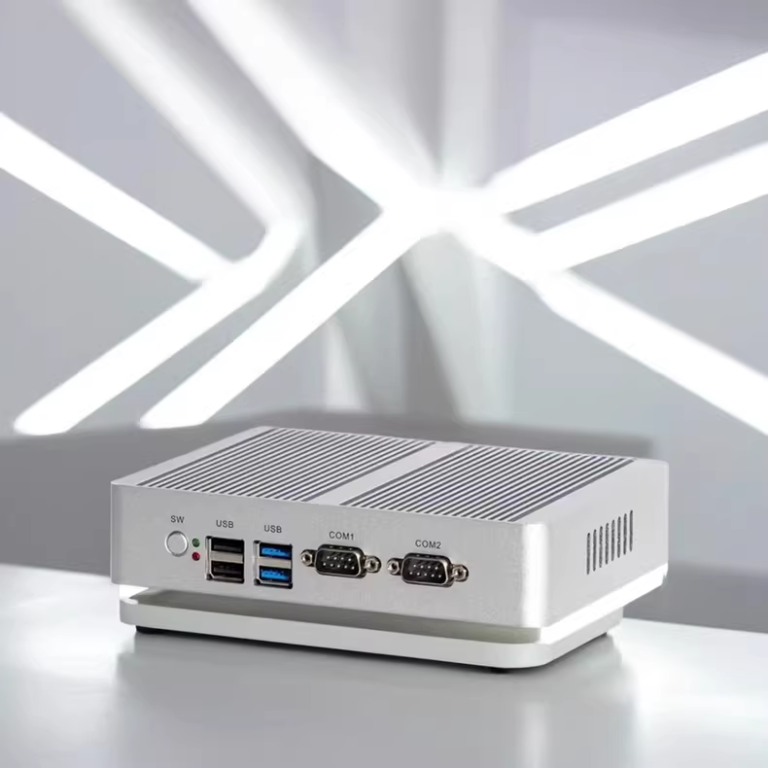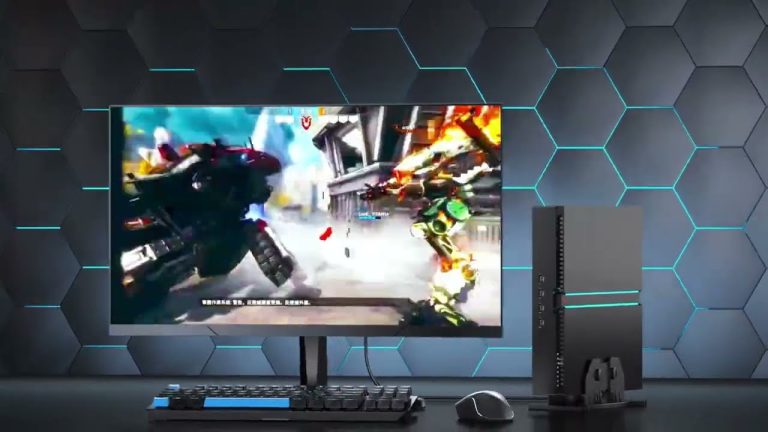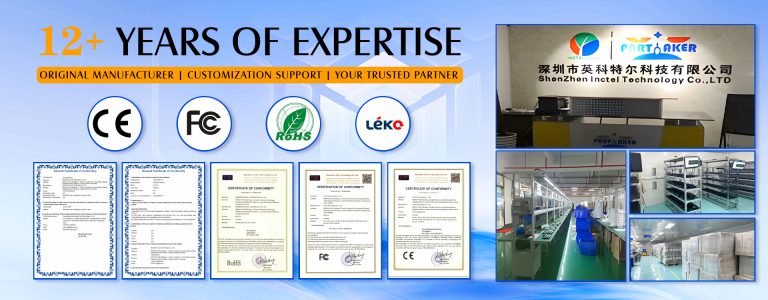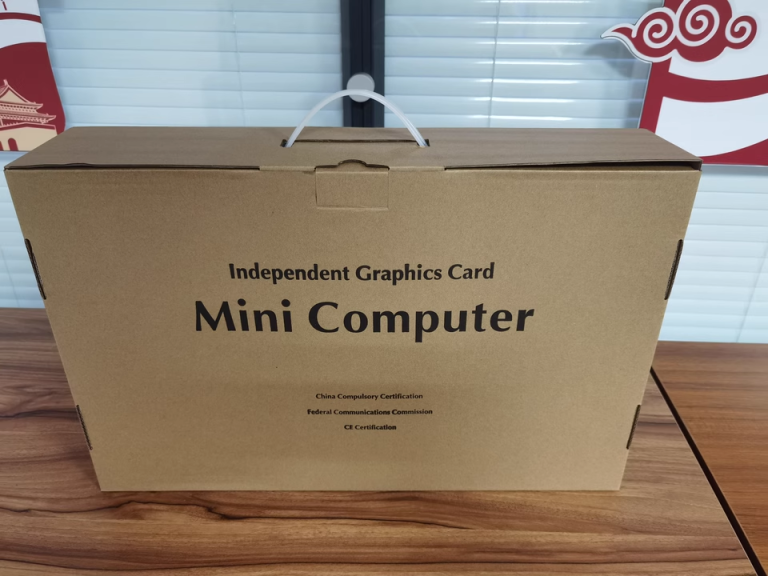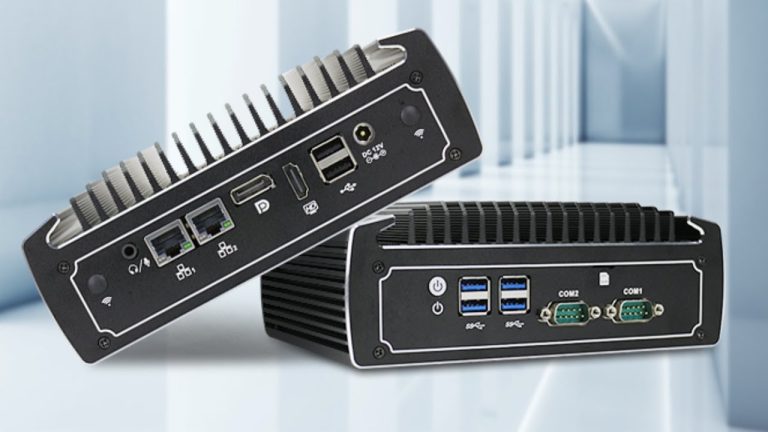Ever wondered if your Mini PC can handle two or even three monitors? Don’t stress—it’s not as complicated as it sounds. With a quick check of your PC’s ports, graphics capabilities, and a little setup know-how, you’ll be ready to level up your workspace in no time.
Understand the Graphics Capabilities
The first and most important factor to consider is the graphics capability of your Mini PC. Most Mini PCs use integrated graphics, which are built into the CPU, while some high-performance models may include a discrete GPU. The type of graphics solution directly impacts the number of monitors that can be supported.
- Check the model and generation of the integrated graphics. For instance, Intel UHD Graphics or AMD Radeon integrated solutions often support multiple monitors, but the exact number depends on the model. Modern CPUs with Iris Xe graphics, for example, can handle up to three displays, whereas older integrated graphics may only support two.
- If your Mini PC includes a dedicated GPU, it is likely to support more monitors. Discrete GPUs often offer higher performance and better multitasking capabilities than integrated solutions.
Examine the Available Display Ports
The number and type of display ports on your Mini PC are critical to determining how many monitors you can connect simultaneously. Mini PCs typically come with a combination of HDMI, DisplayPort, USB-C, and sometimes VGA ports.
- Count the number of display output ports. If your Mini PC has two HDMI ports, it should be able to connect two monitors. A combination of HDMI and DisplayPort also allows for dual-monitor setups. For three monitors, three separate display outputs are generally required unless specific technologies like daisy-chaining are supported.
- The type of ports also matters. DisplayPort and USB-C (with DisplayPort Alt Mode) often support higher resolutions and refresh rates compared to HDMI or VGA. For setups requiring three monitors, prioritize Mini PCs with DisplayPort or USB-C outputs.
If your Mini PC lacks enough physical ports, consider using adapters. For example, a USB-C to HDMI adapter can add an extra monitor connection. However, confirm that the adapter is compatible with your PC and can handle the resolution and refresh rate of your displays.
Check Processor and Chipset Support
The processor and chipset determine the Mini PC’s overall performance and influence the number of monitors it can support. Integrated graphics within modern processors often come with multi-monitor functionality built-in.
- Modern processors such as Intel Core i5/i7 with Iris Xe graphics or AMD Ryzen processors with Radeon Graphics generally support more monitors than older generations. Review the processor’s specifications on the manufacturer’s website to confirm its multi-monitor capabilities.
- The chipset controls how the Mini PC manages input and output. High-performance chipsets may allow for additional monitors compared to entry-level models.
Make sure your processor and chipset are not bottlenecking the performance of multiple displays, especially if the monitors have high resolutions or refresh rates.
Review Software and Driver Support
The operating system and drivers installed on your Mini PC also affect how many monitors it can handle. Multi-monitor setups often require the latest software to function properly.
- Ensure your Mini PC runs an operating system that supports multiple displays. Most modern systems like Windows 10/11, macOS, and Linux offer robust multi-monitor functionality, but older OS versions might be limited in this area.
- Up-to-date drivers are essential for enabling multi-monitor setups. Manufacturers like Intel, AMD, and NVIDIA regularly release updates to improve compatibility and performance. Check for the latest drivers and install them before connecting additional monitors.
Within your operating system’s display settings, you can configure how the monitors function—whether you extend, duplicate, or use specific monitors as primary displays. These settings give you flexibility in managing your workspace.
Test Multi-Monitor Setup
If you’re unsure about your Mini PC’s ability to handle multiple monitors, the simplest way to find out is by testing. Connect the monitors to the available ports and observe how the system responds.
- Plug in the monitors one by one and check if they are recognized by the system. If the displays are not detected, explore the display settings in the operating system to manually configure them.
- After connecting the monitors, test the system’s performance under normal workloads. Ensure there are no issues like lag, overheating, or graphical glitches, which could indicate that the Mini PC is struggling to manage the setup.
Utilize Docking Stations or Splitters
If the Mini PC lacks sufficient display outputs, docking stations or splitters can expand its connectivity options. Docking stations often connect via USB-C or Thunderbolt and provide multiple additional display outputs.
- A good docking station will include multiple HDMI or DisplayPort connections. Ensure it supports the resolutions and refresh rates required for your monitors.
- When using a docking station, ensure that the Mini PC’s port provides enough bandwidth for multiple high-resolution monitors. For example, running three 4K displays through a single USB-C port may not be feasible on some systems.
Docking stations are particularly useful for professionals who need a larger workspace without upgrading the Mini PC itself.
Assess Power and Cooling Requirements
Running multiple monitors adds to the Mini PC’s workload, increasing power consumption and heat generation. This is especially relevant for compact systems with limited cooling solutions.
- Confirm that the power adapter provided with the Mini PC can support the additional energy demands. Insufficient power may cause performance issues or system instability.
- If the Mini PC relies on passive cooling or a single small fan, running multiple monitors might cause overheating. Ensure that the system’s thermal solution is capable of handling the added strain.
Consult Manufacturer Specifications
The most reliable source of information about your Mini PC’s multi-monitor capabilities is the manufacturer’s documentation. Check the official website or product manual for details on supported configurations.
FAQs
What is daisy-chaining, and can it help if my Mini PC has only one port?
Daisy-chaining allows multiple monitors to connect through a single DisplayPort or USB-C port. It requires monitors that support DisplayPort Multi-Stream Transport (MST). Check if your Mini PC and monitors are compatible with this technology.
What resolution and refresh rates can my Mini PC support for multiple monitors?
The resolution and refresh rates depend on your graphics card and port specifications. For example, DisplayPort 1.4 supports up to 8K resolution at 60Hz, but running two or three such monitors may require significant GPU power.
Are external GPUs a viable option for Mini PCs with limited monitor support?
Yes, external GPUs (eGPUs) can significantly expand your Mini PC’s ability to handle multiple monitors. Ensure your Mini PC has a Thunderbolt 3 or 4 port to connect an eGPU.
Do docking stations reduce monitor performance?
Docking stations can bottleneck performance if they lack sufficient bandwidth. For example, a USB-C docking station may not handle three high-resolution monitors simultaneously without reducing refresh rates or causing lag.
Can a wireless display adapter solve port limitations?
Wireless display adapters like Microsoft’s Wireless Display Adapter allow you to connect additional monitors without using physical ports. However, these are best suited for non-intensive tasks due to potential lag and lower refresh rates.
What should I do if my Mini PC fails to detect additional monitors?
Check the display cables and ports for physical damage. Update the graphics drivers, and ensure the operating system is configured for multiple monitors. If the issue persists, consider using diagnostic tools or consulting technical support.
Can I mix different types of monitors (e.g., 1080p and 4K)?
Yes, most Mini PCs support mixed resolutions and sizes, but performance depends on the GPU and available bandwidth. Running vastly different resolutions may strain integrated graphics more than uniform setups.




